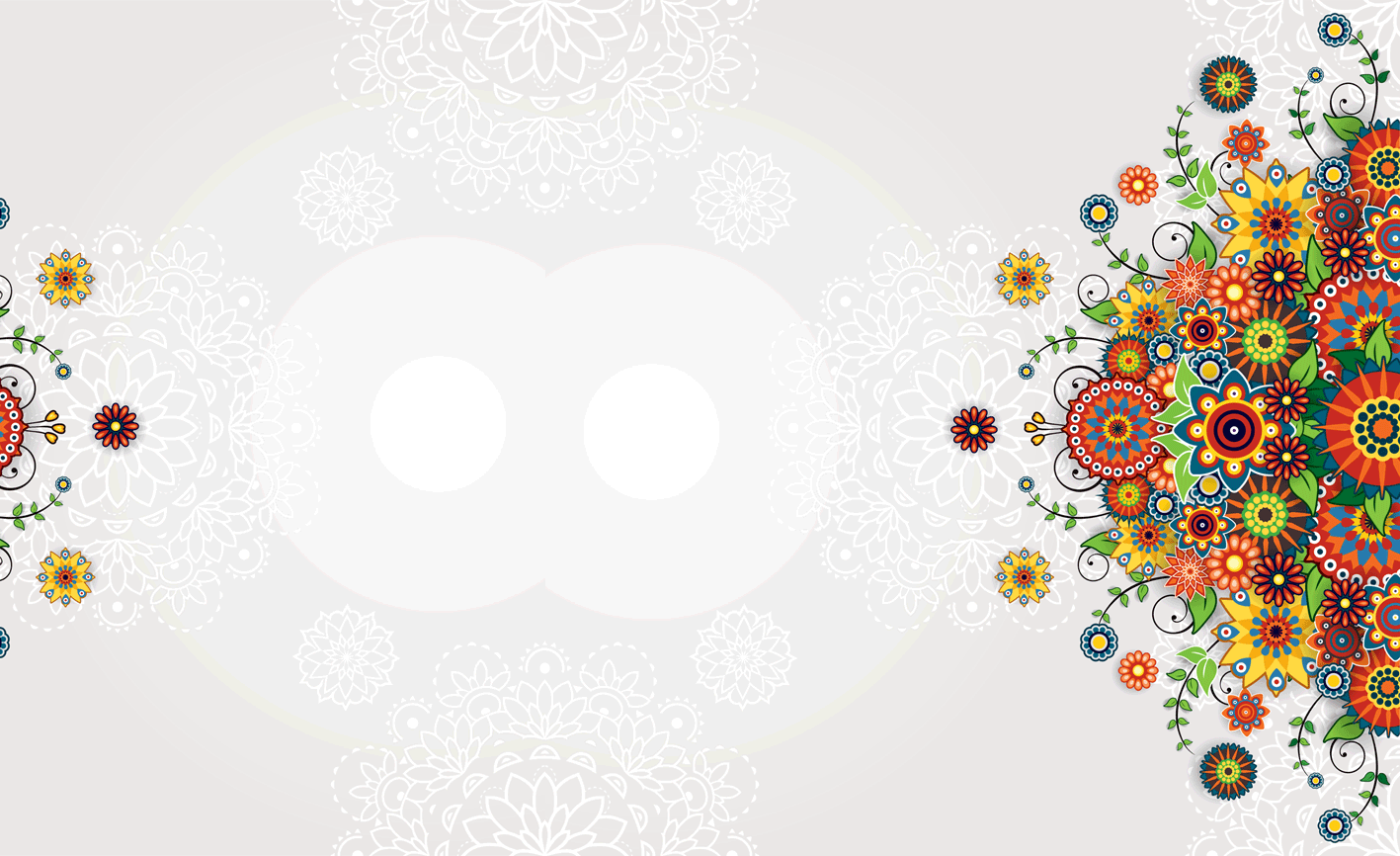
Exploring the Therapeutic Effects of Yoga
The individual approach
This is an edited excerpt of a research article published in 2011 in the International Journal of Yoga entitled Exploring the therapeutic effects of yoga and its ability to increase quality of life
A 3,000 year old tradition, yoga is now regarded in the Western world as a holistic approach to health
and is classified by the National Institutes of Health as a form of Complementary and Alternative Medicine (CAM).[1] [Note in Australia, the Commonwealth Government’s Department of Health classifies yoga and other non-medical treatments as Natural Therapies.]
Regular practice of yoga promotes strength, endurance, flexibility and facilitates characteristics of friendliness, compassion and greater self-control, while cultivating a sense of calmness and well-being.[4,5] Sustained practice also leads to important outcomes such as changes in life perspective, self-awareness and an improved sense of energy to live life fully and with genuine enjoyment.[6–8]
The practice of yoga produces a physiological state opposite to that of the flight-or-fight stress response and with that interruption in the stress response, a sense of balance and union between the mind and body can be achieved.[9]
Yoga is a form of mind-body fitness that involves a combination of muscular activity and an internally directed mindful focus on awareness of the self, the breath, and energy.[4] Four basic principles underlie the teachings and practices of yoga's healing system.[6]
The first principle is the human body is a holistic entity comprised of various interrelated dimensions inseparable from one another and the health or illness of any one dimension affects the other dimensions.
the human body is a holistic entity...
The second principle is individuals and their needs are unique and therefore must be approached in a way that acknowledges this individuality and their practice must be tailored accordingly.
individuals and their needs are unique...
The third principle is yoga is self-empowering; the student is his or her own healer. Yoga engages the student in the healing process; by playing an active role in their journey toward health, the healing comes from within, instead of from an outside source and a greater sense of autonomy is achieved.
yoga is self-empowering...
The fourth principle is that the quality and state of an individual’s mind is crucial to healing. When the individual has a positive mind-state healing happens more quickly, whereas if the mind-state is negative, healing may be prolonged.
the mind is crucial to healing...
Yoga is a personalized practice and as such, frequency and duration are personal questions with individual answers. Practice should happen with wisdom and should be modified to meet individual needs and goals.
While modern medicine has the ability in many cases to heal physical diseases and alleviate psychological disorders, it is argued that a purely medical approach is far less effective in healing the emotional, intellectual, and personality layers of the human entity. The discipline of yoga offers individuals a timeless and holistic model of health and healing and, although it may not result in the complete elimination of physical diseases and/or adverse conditions from the body, it offers a holistic path of healing.
There exists an indisputable connection between a person's overall physical and mental health and the inner peace and well-being yoga is designed to achieve. Yoga suspends the fluctuations of the mind and by acting consciously, we live better and suffer less.
"Yoga is a form of mind-body fitness that involves a combination of muscular activity and an internally directed mindful focus"
Read the original research article by Catherine Woodyard, Int J Yoga. 2011 Jul-Dec; 4(2): 49–54.
